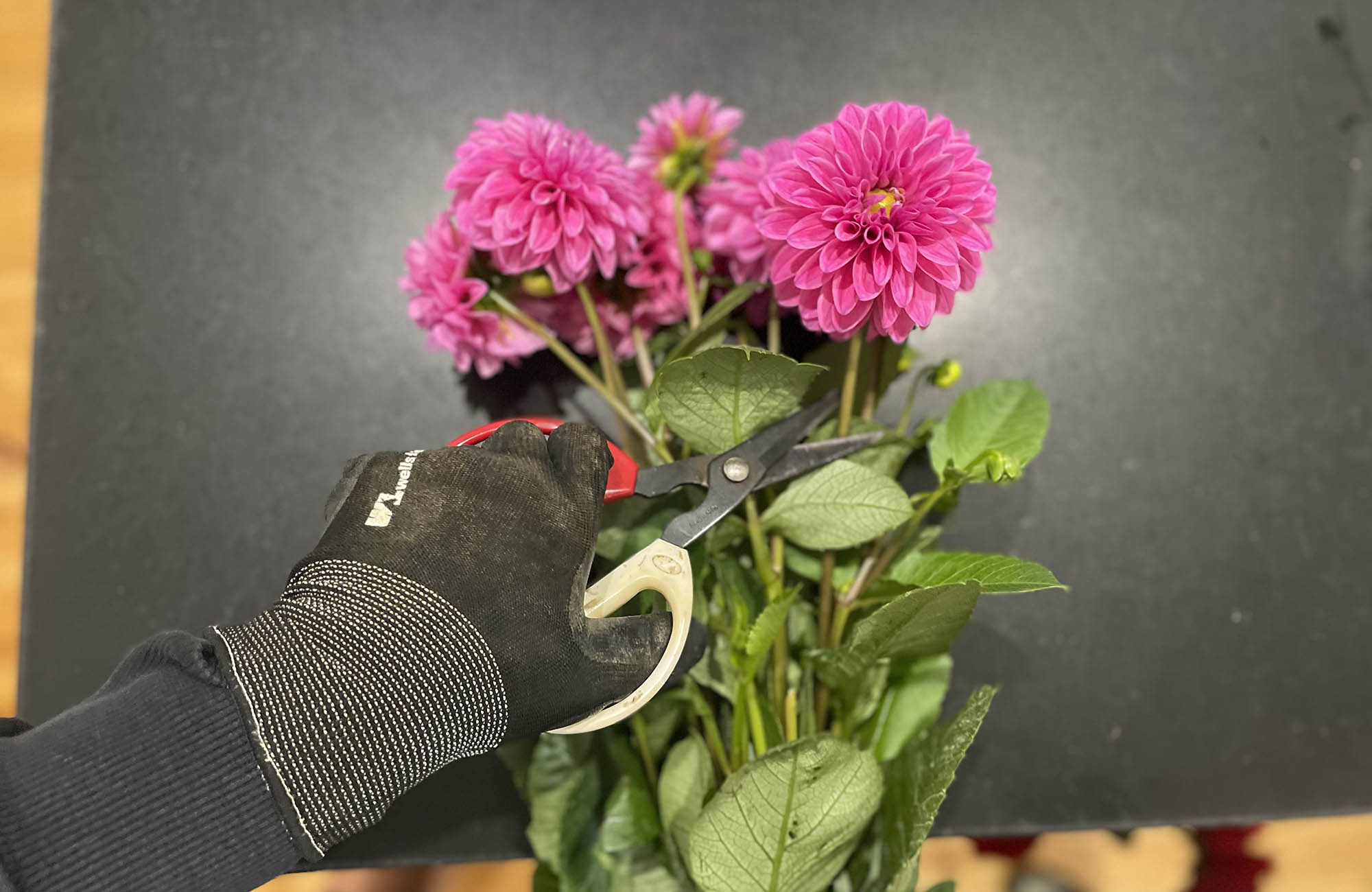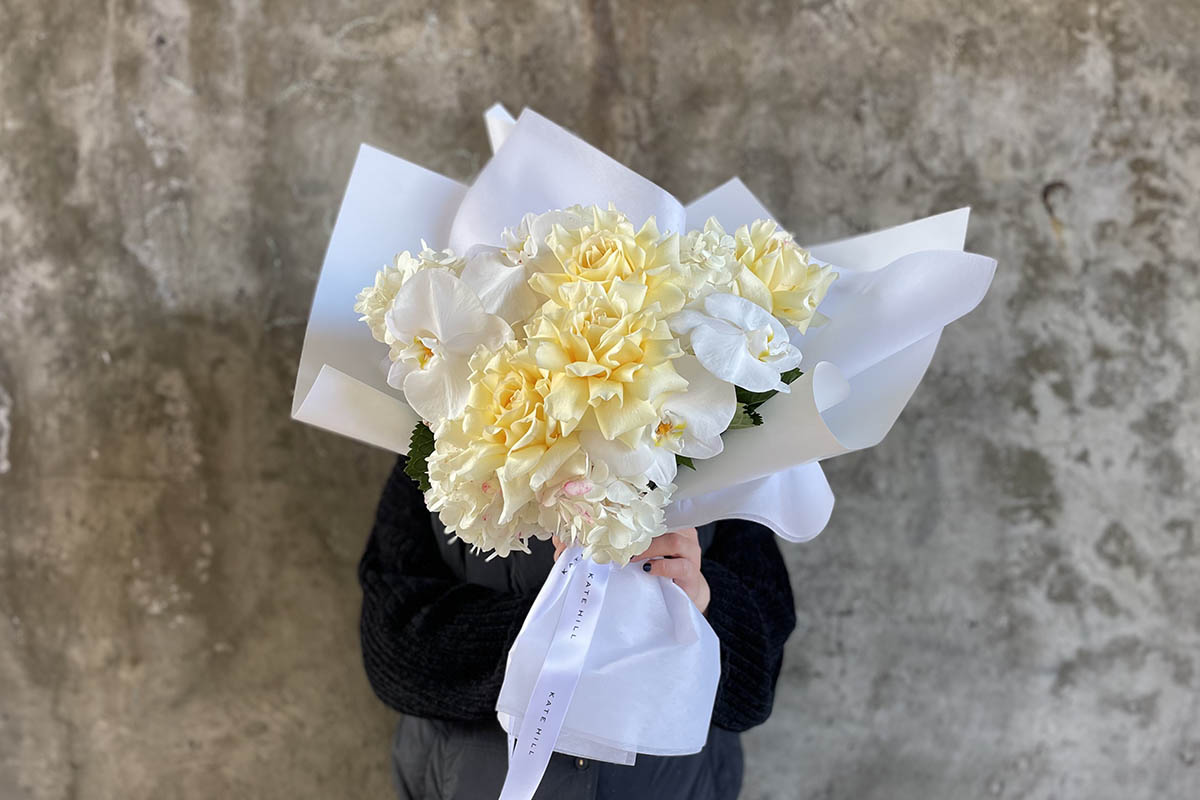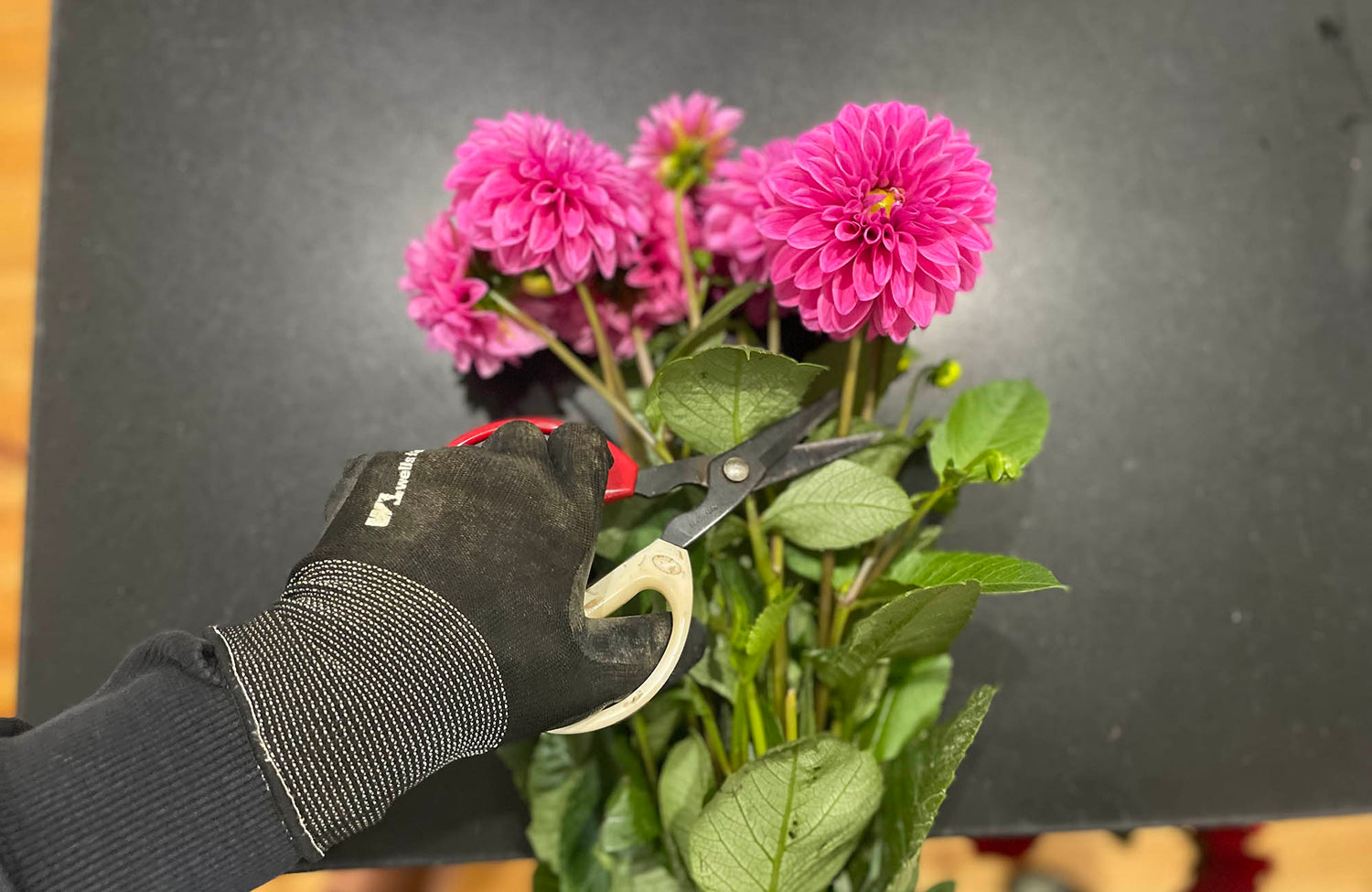While floristry is an art revered for its beauty and creativity, it also harbours unseen risks, particularly from chemical exposures.
Flowers, often imported, undergo a fumigation processes involving various chemicals to prevent the spread of pests and diseases. This necessary step, protective of biosecurity, however it introduces a potential hazard to florists through direct contact with these chemical residues. Understanding the importance of Personal Protective Equipment (PPE), especially gloves, is crucial for florists to safeguard their health without compromising their craft.
Understanding Fumigation and Its Chemicals
Fumigation is a common practice for treating imported floral products to Australia, using specific chemicals to eliminate pests and diseases. Common fumigants include methyl bromide, phosphine, and sulfuryl fluoride, chosen for their effectiveness in pest control. However, these chemicals, while not directly harmful in controlled environments, can leave residues on flowers, posing risks upon prolonged or repeated exposure. The understanding of these chemicals, their use, and residual effects is essential for florists who handle these flowers daily.
Risks Associated with Chemical Exposure
The health risks associated with chemical exposures in floristry are not negligible. Skin irritation, allergic reactions, and in severe cases, neurological and respiratory issues can arise from direct contact with fumigated flowers. Chronic exposure to certain fumigants has been linked to more serious health conditions, underscoring the need for preventive measures in the workplace.
The Role of Gloves as PPE in Floristry
Gloves serve as a primary line of defence, preventing direct skin contact with harmful chemicals. Beyond chemical protection, they also safeguard against thorns and sharp tools, reducing the risk of physical injuries. Selecting the right type of glove—considering material, durability, and fit—is vital to ensure effective protection without hindering the delicate work of arranging flowers.
Case Studies and Evidence
Research and case studies highlight the effectiveness of PPE in reducing occupational hazards. For example, studies focusing on agricultural workers, similar to florists in their exposure to chemicals, have shown a significant decrease in pesticide-related illnesses with proper glove use. Such evidence supports the adoption of gloves in floristry as a standard safety practice.
Best Practices for Glove Use in Floristry
To maximise protection, florists should follow best practices for glove use, including:
- Selecting the right material: Nitrile gloves are recommended for chemical resistance.
- Regular replacement: Changing gloves as recommended, or when damaged, to maintain protection.
- Proper disposal: Following guidelines for disposing of used gloves to prevent contamination.
Conclusion
The adoption of gloves as PPE is a simple yet effective measure for florists to protect against the unseen risks of chemical exposures from fumigated flowers. By integrating glove use into daily practices, florists can ensure their safety while continuing to create beautiful floral arrangements. It’s now time to keep this conversation going in our community and ensure we continue to prioritise health in floristry, embracing protective measures as a standard for a safer, healthier work environment.





